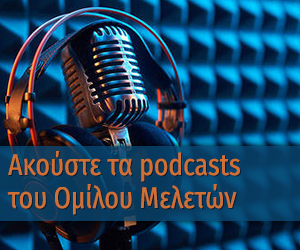1. The 12th issue of the Bridge is the commemorative volume in 1997 of the 50 years since Ouspensky’s death. The contributors are of course absolutely right to praise O for having laid the foundation of their organisation and present teaching which includes the Advaita teaching of Śaṅkarācārya, Śāntānanda Sarasvatī.
I think they are doing O a disservice in not examining thoroughly his “system” and separating his blunders and faults both as a thinker and a teacher from his undoubted virtues.
Why do they find it necessary to indulge in excessive praises and ignore the faults? Surely any reasonable devotee of Truth would not want faults to be perpetuated (since they are not identified and held up to the common light).
2. As is well known, O understood that something was missing from the fragments he got from Gurdjieff. The most important thing was probably his own development under the will of another man (i.e. G). But in the G tradition there is an exercise of rest which some call “G’s meditation” and which is not in O’s system. Madame de Salzmann stressed this “meditation” and so did some others. I believe there were other aspects that G did not give to O.
Yet, despite O’s awareness of this deficiency, he never tried to find the Whole System from which the fragments were taken, or to search for something that would fill the gap. But after more than 20 years he placed the onus on his successor, Dr F. Roles.
3. There were several essays with “Memories of P. D. Ouspensky” and they are very revealing. Other essays touch on something interesting and on inspiring ideas in Tertium Organum and in A New Model… Others again examine Dr Role’s search for the Source and some of the messages the Śankarācārya sent.
Particularly good are the ones dealing with the Cathedrals, the Pyramids and other artistic forms manifesting the miraculous. But nobody goes into the very great paintings of Fra Angelico or Da Vinci etc. to take further this line of study. Why remain only with O’s examples?
Nobody unfortunately examines Yoga, which is an aspect of Advaita and was accepted by the first Śaṅkarācārya, known as Ādiśaṇkara; nor the idea of Superman or Dreams or Manu. So be it.
4. There is an article by M. Churchill on “Some Gnostic and Other Fragments influencing P. D. Ouspensky’s research” (101-106). It is rather disappointing and much material has nothing to do with Christian Gnosticism or O himself.
He sites Origen, Tertullian and Irenaeus (Bishop of Lyon, 2nd century). Both Origen and Tertullian were pronounced heretics having themselves attacked the “heretic” Gnostic Christians, who most probably had a truer tradition of Jesus’ teaching. He also cites the non-existent other Gospel of Mark. But he does not know of the Gospel of Mary and several extant fragments from the Gospel of Thomas in the Oxyrynchus Papirus and others.
Mr. Churchill could have delved a little deeper into the subject. But his essay ends well with an Orphic hymn of the early 4th century BCE.
It is a pity the contributors stayed on the beaten track of praises (and some irrelevancies) instead of enriching this tradition with fresh material.


